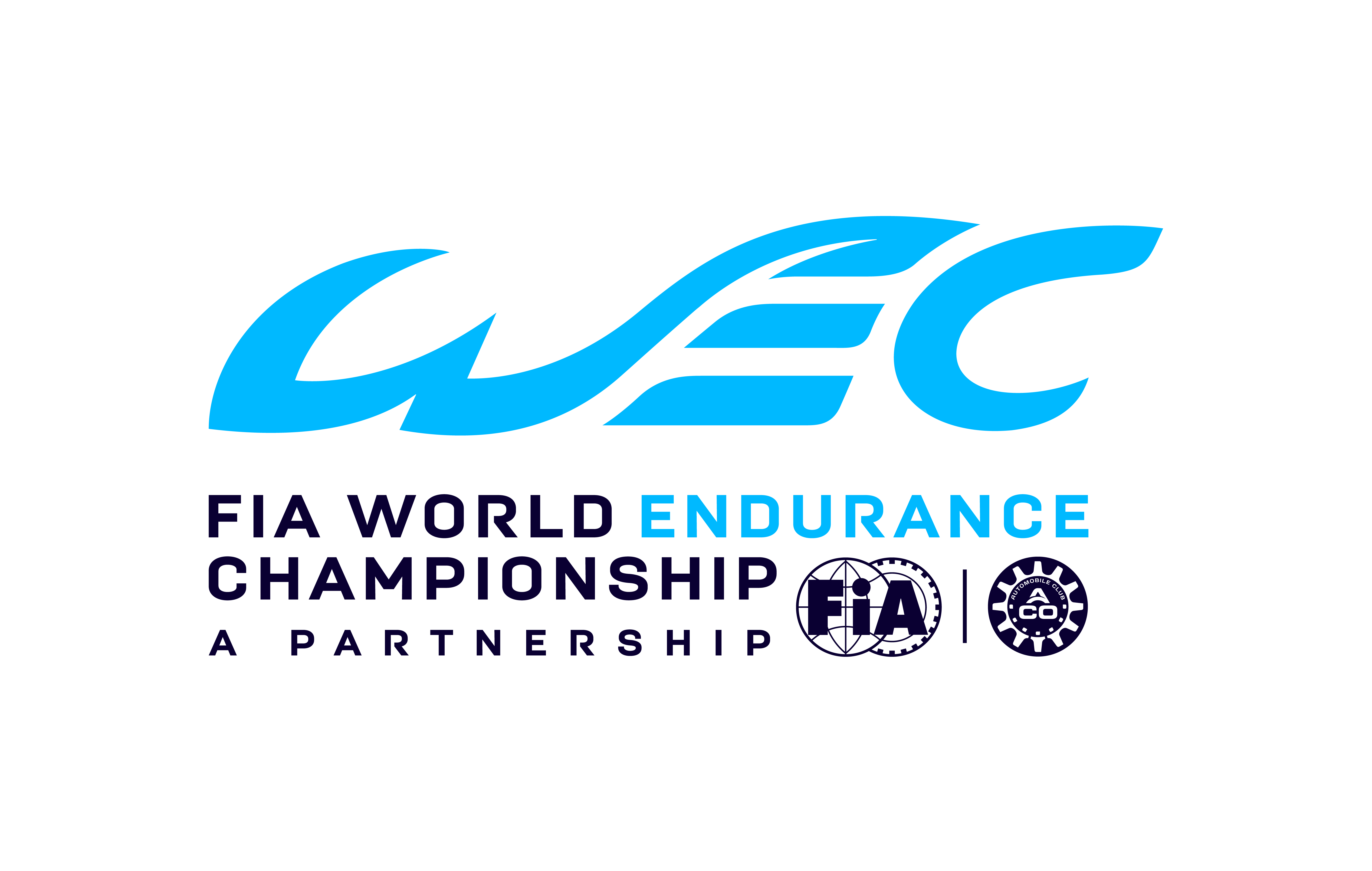
FIA World Endurance Championship Sporting Regulations are available HERE
In 2022, the WEC adopted a new fuel (Excellium Racing 100) which is now in its second year of competition. This 100% renewable fuel produced by TotalEnergies will be produced on bioethanol basis made from wine residues from the French agricultural industry, and from ETBE produced at TotalEnergies' Feyzin refinery near Lyon (France) from feedstock also sourced from the circular economy. This will allow for greenhouse gas (GHG) emissions savings of at least 65% compared with traditional fossil fuels.
 According to their race record and achievements, the drivers of the FIA World Endurance Championship (WEC) are categorized by a dedicated committee of the FIA as follows: Bronze, Silver, Gold and Platinum.
According to their race record and achievements, the drivers of the FIA World Endurance Championship (WEC) are categorized by a dedicated committee of the FIA as follows: Bronze, Silver, Gold and Platinum.
Hypercar: No Bronze drivers admitted
LMGT3: A crew of two or three drivers including at east one Bronze driver, plus another Bronze driver or a Silver driver
An equivalence system named "Balance of Performance" (BoP) applies to cars entered in the Hypercar category. The aim of BoP is to allow cars of different engineering designs to compete in the same category. The Endurance Committee will make adjustments to the BoP:
In order to ensure sporting equality, the FIA and the ACO rely on the Balance of Performance formula developed jointly by the two parties. The Hypercar BoP has been tailored specifically for the needs of the new category, leaning of the knowledge and experience gained over the years.
The FIA and the ACO have a long history of using BoP, having started in GT racing the mid-2000s, and is constantly improving the process. The best practices and learnings were taken into account in developing the Hypercar BoP.
One of the most innovative solutions is the use of torque meters, allowing for better control of the powertrain parameters on track. These sensors, resistant to electromagnetic field and heat, are implemented onto the driveshafts of the cars to measure and limit the BoP-allocated power. This recently developed technology is effective in limiting development costs.
Success ballast will be imposed for LMGT3 cars entered in the Championship. It will be in effect at all WEC races except for the 24 Hours of Le Mans.
The ballast calculation system uses the results of previous races (if any have been held) and championship positions, provided that all cars start any given season with a ballast of 0kg.
Dry weather tyres

Wet weather tyres
If the track is declared wet, the number of wet weather tyres usable during a race is not limited.
The car placed first is the one that covered the greatest distance up to the showing of the checked flag (the position of the cars on the starting grid is not taken into account).
To be classified, a car must:

An additional point will be awarded, at each Competition, to the "pole position" team in each category (best time achieved by the car in each category during qualifying, and the 24 Hours of Le Mans Hyperpole, with the exception of additional cars) , as well as to all the drivers making up the crew of the car concerned.